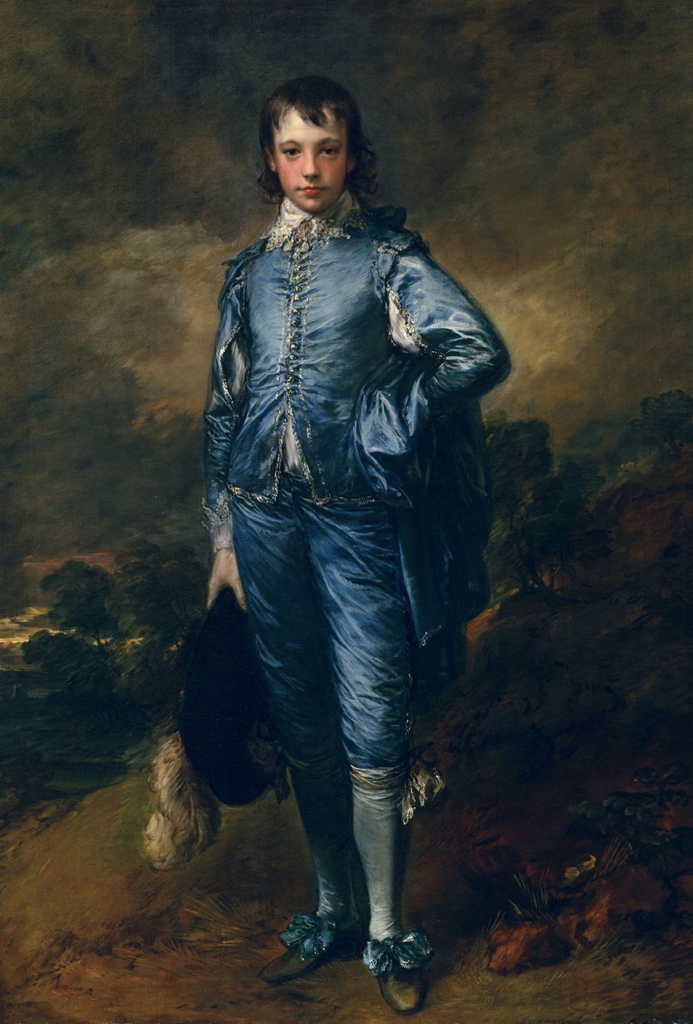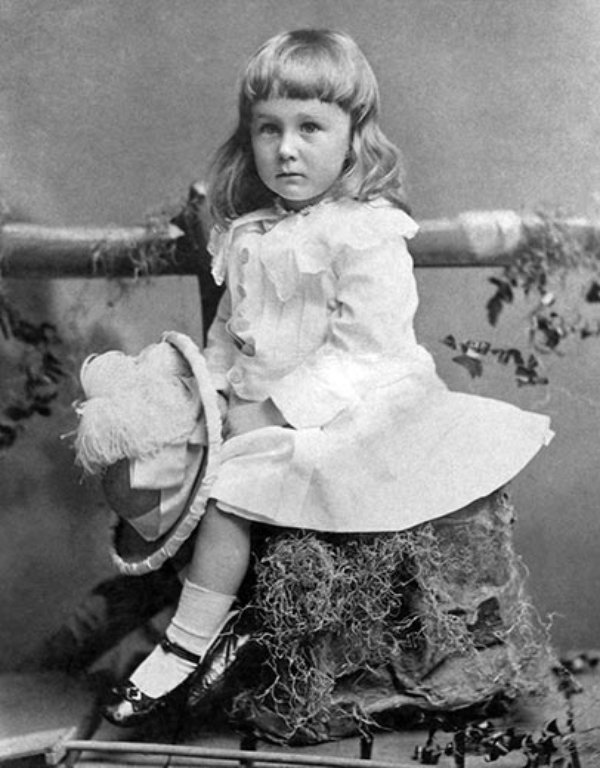Pink Shirt Day (PSD) is a day to stand up to bullying and provides a prompt to explore deep-seated traditions.
The idea behind PSD is to encourage people to wear pink to stand up to homophobic bullying – pink being a traditionally femme colour that invites derision when worn by boys, who (so the adage goes) traditionally wear blue.
This stems from an example in Canada, where in 2007 students stood up against bullies who derided a student for wearing a pink shirt. In doing so, they set a precedent that continues through PSD and gives both children and adults agency and a reminder to stand up to bullying in general.
While the stereotype that gave rise to PSD is now quite outdated in some respects, it remains popular – reinforcing a gendered binary that carries a lot of implications and behaviours that we’re going to explore.
Where pink for girls and blue for boys began
The exact origins of this idea of gendered colours is unclear, but some of the first written mentions of this trace back to Europe in the mid-19th century.
Athanase Garnier wrote in 1823 that a pink background accompanies the announcement of a girl’s birth, while blue accompanies that of a boy. The subsequent decades saw it spread through Russia, France, the United Kingdom and United States of America.
\The bulk of these depictions of pink for girls, blue for boys related to ornaments or decorations associated with significant events – birth, baptism and the like. This spread to cots being decorated in the respective colours, and became so ingrained that as early as 1904, childcare books were referring to the color scheme as an “old fancy”.
So far, so clear – but it doesn’t account for the massive shift from newborn accoutrement to culturally entrenched signifier of gender. So what exactly happened?

Looking good in pink and blue
For this change, we’ll refer to Jo Barraclough Paoletti – who, quite literally, wrote the book on pink and blue.
In an interview with Smithsonian Magazine, she explains that childrens’ clothing used to be a practical issue, where they wore white because it was simple, bleachable and neutral. As blue and pink took hold and the colours became more associated with gender identity, wearing something outside this binary was often seen a marker of deviance.
“[It] became a matter of ‘Oh my God, if I dress my baby in the wrong thing, they’ll grow up to be perverted.”
And despite revolutions in culture and gender norms through the 1960s, the tradition of pink for girls, blue for boys still stuck. Helped along by world-reaching endorsements from the likes of Mamie Eisenhower, western culture saw through its teething phase with gendered clothing (where pink – and dresses – were often for boys) and settled on the split.
That brief reversal of colour schemes – largely focused in the USA – serves as a useful reminder that what we consider a traditional binary is, in fact, something from the last 100 years. There is also the old tradition of boys wearing dresses until age 8 or 9, including US President Franklin D. Roosevelt, pictured below.

Gendered clothing and colouring is, therefore, a relatively recent phenomenon – and one that is inextricably tied to, like most things, money.
Underlying catalysts
Given how early children can identify concepts like gender, embedding this colour scheme from such a young age likely perpetuated the cycle. However, Paoletti argues that it was a medical advancement that really hammered home the divide – prenatal testing.
With parents able to know the gender of their child well ahead of birth, Paoletti argues there was a surge in shopping for gendered clothing, which further reinforced the pink / blue dichotomy.
This underlines one of the key reinforcers for blue and pink – consumerism. “The more you individualize clothing, the more you can sell,” Paoletti notes, and she’s not wrong.
From Barbie to Thomas the Tank Engine, there is a long history of reinforcing gender identity through the use of these colours – all in a bid to sell more and further embed those identities.
And while those gender norms have been broken down by newer generations of late, it still remains a prevalent divide in popular culture – you only need to look up a gender reveal party photo to see that.
So far, so harmless, right?

Where to draw the line on colour
Of course, wearing pink or blue doesn’t just affirm an identity along the lines we’ve been told for years – it reinforces a whole set of behaviours. And when we break with the colour, we break with those perceived behaviours. Pink still becomes associated with traditional femininity, and blue masculinity.
That’s why events like Pink Shirt Day play an important role. The attitude Paoletti noted about parents not wanting a child to be perverted by wearing the wrong colour might not be as steadfastly held in 2020, but the stereotypes still persist. Homophobia remains, gender equity in the workplace continues, and women only became the majority of NZ school principals in 2018 – despite having dominated the teaching profession for decades.
Wearing pink isn’t just about reversing the idea of a feminine colour – it’s about undoing more than a century of reinforcement that girls and boys should behave in certain ways.
And that’s to say nothing of the gender binary! Paoletti herself is no longer a fan of it, and the increasing acceptance of LGBTQIA+ whānau shows us that in time, we could perhaps even shift from subverting the binary for Pink Shirt Day to ignoring it completely.
But, baby steps. The first question most parents will want answered when they have a child is still going to be “is it a boy, or is it a girl?”, and that’s not going to change.
What can change, however, is the environment they grow up in. One where a colour doesn’t dictate a lifestyle, and where we create opportunities instead of heavily gendered pathways.









